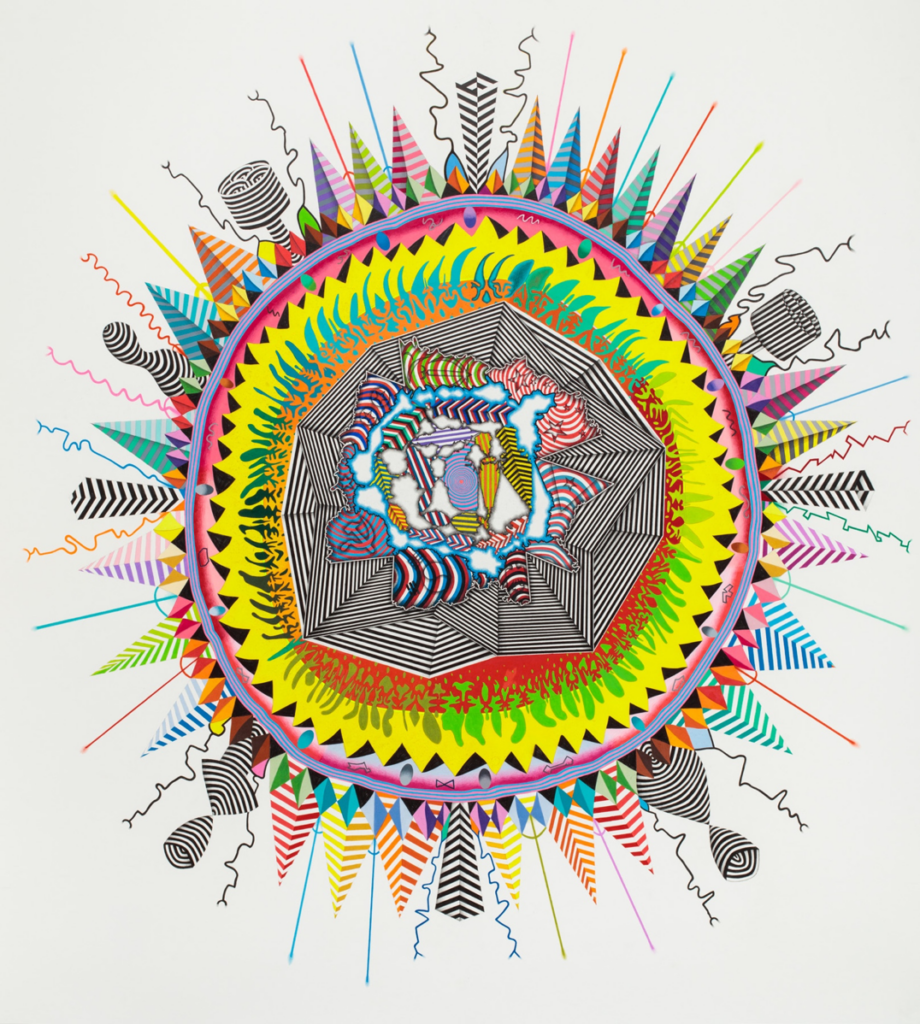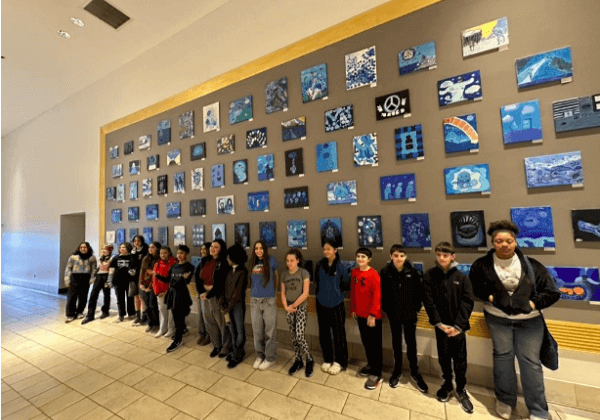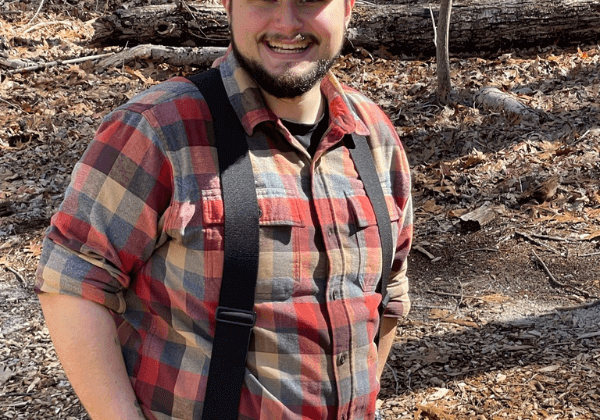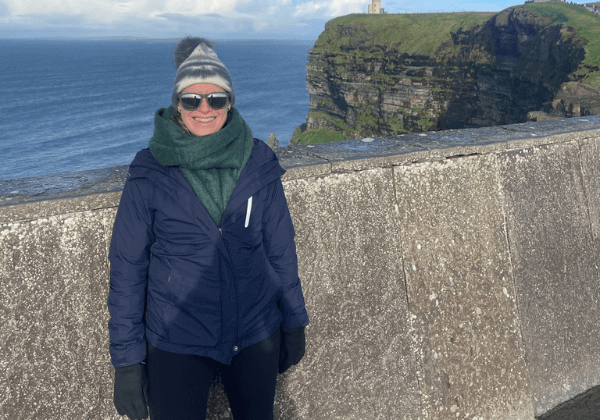Drawing on the Edge

One of my most vivid memories of drawing is from when I was five years old. I was on the cusp of kindergarten, and my mother took me to my future classroom to meet my teacher before school started. My teacher, Mrs. Eagen, gave me some paper and colored pencils. She asked me to draw while she spoke with my mother. I don’t remember the particular drawing itself, but only the intensity of being in my own world, drawing within that public space, as if no one else was in the room.
Drawing was my way to escape, to be with myself, to do the things I couldn’t do in my ‘real’ life. In that classroom, I would occasionally hear bits of laughter and words from my mom and Mrs. Eagen, but I didn’t comprehend anything. I only recall the abruptness of my mother telling me when it was time to leave. I woke from drawing as if from a trance, left the paper and pencils on the table, and just walked out. It wasn’t the product I cared about but the process – the feeling that the act of drawing gave me then continues to this day.

John O’Connor, “Studio Materials”, 2018. Photo Credit: Ronan O’Connor

John O’Connor, “Studio Materials”, 2018. Photo Credit: Ronan O’Connor
Having now made art for much of my life, I’ve developed a deep interest in many mediums – painting, sculpture, collage, photography, digital art, etc. In graduate school, I even temporarily abandoned drawing, as I thought that to be a serious artist one must paint. So, I did. But I kept wanting to draw. I loved the feeling of the pencil in my right hand and an eraser in my left, the smell of the paper, the immediacy and subtlety of pencil marks, lines, colors, scratches, and erasures. These qualities, I would eventually realize, were integral to who I was as a person. There was a certain performance aspect to painting that I didn’t relate to, and, in painting, an ability to cover one’s tracks by painting over mistakes, which allowed me to hide my thinking. Drawing was riskier to me, more vulnerable. It was the most exciting way of making art I could think of, so I started to do it all the time.

“MacDowell Studio View”, Summer 2017
Drawing throughout art history has often been relegated to the preparatory, the sketch – drawings are made in order to get ready to paint, or to diagram ideas for a future sculpture. Rarely was drawing as an autonomous art form, taken as seriously as those mediums. It helped the artist delineate ideas before beginning the ‘serious’ work. For me, it was those exact qualities of drawing that allowed it to inhabit the spaces between thinking and seeing.
These are incredibly exciting and risky spaces to work within, where an idea isn’t fully formed and the marks you make while searching for a form will simultaneously find it. Mistakes can’t ever be completely erased or covered up. Our decisions are plotted on paper. As we think, decide, change, alter, and revise, the marks we make reveal our thinking over time. In this way, drawing is closely connected to our humanness. We exist in the world, see the things around us, and as we attempt to render them in our drawings, the marks we make reveal how integrally we process what we experience.

“Memory Questions” 2016, each 12” X 9”, colored pencil on paper. Photo Credit: Stan Narten
In this respect, I see drawings as akin to phase changes – those moments on the cusp, when a thought transforms into an action, or when a feeling transforms into a word (like gas into liquid into solid). The pasts and presents of these states are known, but the exact moments that they materialize are unknown. Like the sorites paradox (if a heap is reduced by one grain at a time, when does it cease to be a heap?) the exact moment of transformation is undetermined, but we know that something has changed.

John O’Connor, “Studio Materials”, 2018. Photo Credit: Ronan O’Connor
This essay outlines some of my personal experiences, how they informed my love of drawing, and how it has evolved. Moving forward, I hope to explore some of the fundamental materials we all have used in drawing, and how they can be put to use in making innovative, personal art. The qualities of drawing that I’ve described above serve to differentiate it from other mediums. Drawing is not a medium in service of another. It’s a process of making, rather, that synthesizes all of what’s exciting in art-making in general.



